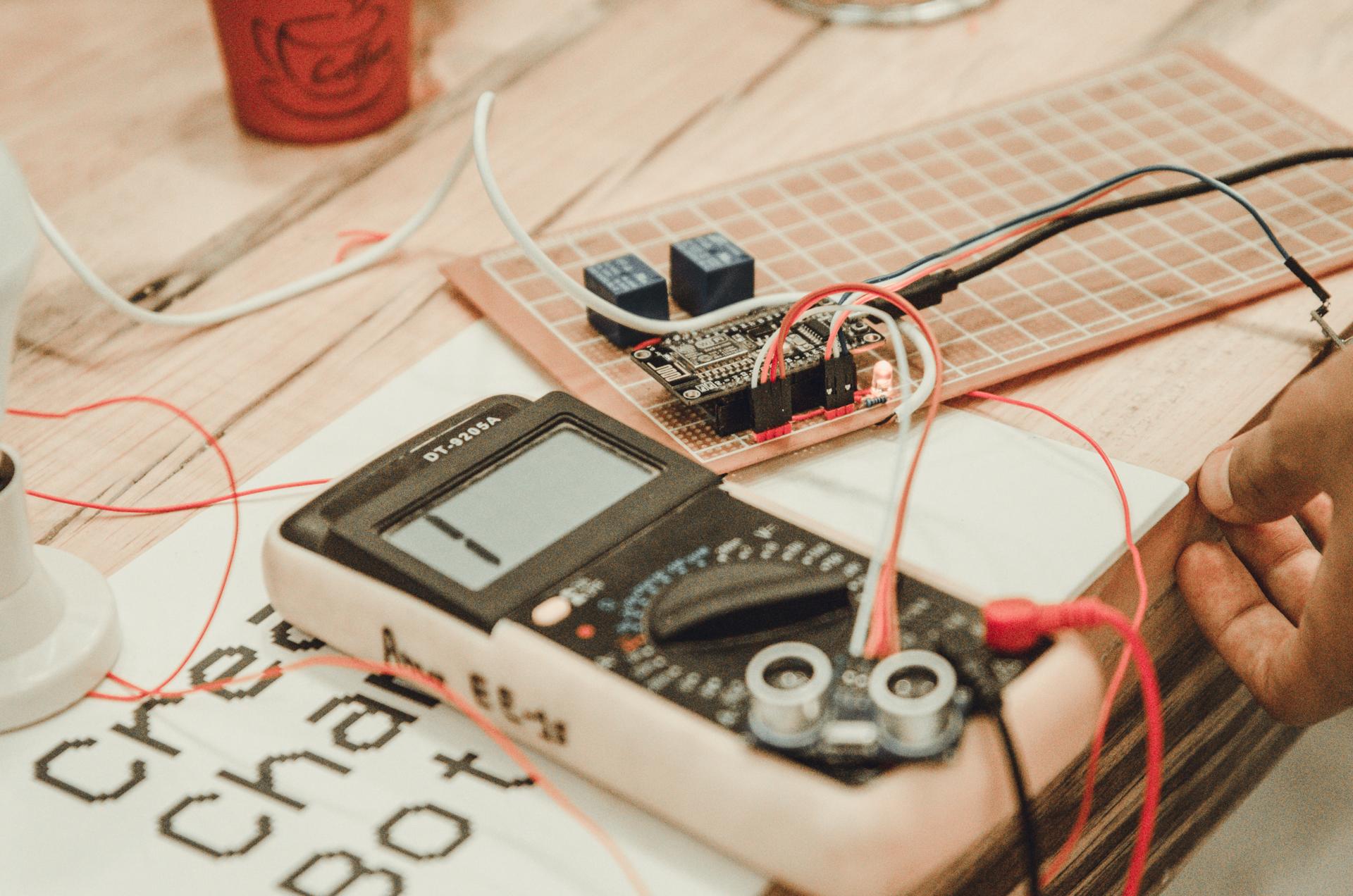A Beginner's Tutorial to Performing an Electrical Safety Test at Home

In terms of security in your home one of the most important areas to consider is the safety of electrical wiring. Electrical safety testing is the procedure of testing the electrical system of your home to ensure that it is safe and in compliance with the latest standards. In this article we’ll give you the basics of what electrical safety tests are, what tools you’ll need to conduct them, the best method to conduct the tests and the warning signs to be aware of.
What exactly is the definition of an Electrical Safety Test?
A safety test for electrical appliances is the process of checking the electrical system in your home to ensure that it is safe and working correctly. Safety tests for electrical appliances are crucial as they can prevent electrical accidents and fires as well as ensure the durability of your electrical system.
Tools Required to conduct an Electrical Safety Test
In order to conduct an electrical safety test you’ll require a few basic tools. This includes an electrical voltage tester, a continuity tester, a circuit tester, along with an outlet tester. It is utilized to look for live circuits while the continuity tester is used to check for broken circuits. The circuit tester is utilized to detect wiring problems as well as the outlet tester is used to check for electrical issues in outlets. It is essential to utilize these tools correctly to get exact results.
How do you conduct an electrical Safety Test
To perform an electric safety check in your home take these steps:
Shut off the power supply for the circuit that you’re conducting tests on.
Utilize this voltage tester to test for live circuits.
Utilize the continuity tester to check the integrity of your circuit.
Make use of the circuit tester to test for any wiring issues.
Use the outlet tester to find any wiring issues in the outlets.
During the process of testing Be sure to check for signs of damage or wear on the wiring, such as broken or frayed wires burn marks, as well as loose or damaged connections. If you discover any problems you need to fix the issues as soon as you can to avoid potential hazards.
Signs of Electrical Problems to Look Out For
There are several warning signs that could signal electrical issues in your home. They include flickering light bulbs frequently tripping the circuit breaker and crackling or buzzing sounds emanating from outlets. They also include hot or discolored outlets and a smell of burning. If you observe any of these warning indicators, you must take action immediately to avoid any electrical dangers.
Conclusion
Tests for electrical safety are vital for ensuring your safety and your family. By conducting regular tests and fixing any issues quickly you will be able to prevent hazards to electrical equipment and extend the lifespan of your electrical system. If you need help in electrical repairs or testing, don’t hesitate to contact Electrician Adelaide SA. Our experienced team can offer you expert advice and support. Contact us at 1300 272 584 to schedule an appointment or request a quotation.
FAQ Section
What is the recommended frequency to perform an electrical safety test in my home?
We recommend conducting tests of electrical safety at least once a year.
Can I perform an electrical safety test on my own , or do I require a professional?
While you can perform an electrical safety test yourself however, it’s advised to employ an expert to guarantee accurate results and to avoid any potential dangers.
Are there any frequently encountered electrical problems found in an electrical safety check?
The most frequently-repeated electrical issues that are discovered during a safety test comprise malfunctioning wiring, overloaded circuits and outdated electrical systems.
What should I do if I discover a problem during the electrical safety check?
If you discover a problem when you conduct the electrical safety check It is crucial to act immediately. This may include calling an experienced electrician to fix the problem or replacing the equipment that is malfunctioning.
